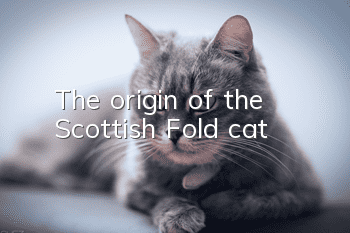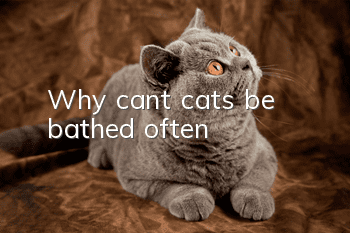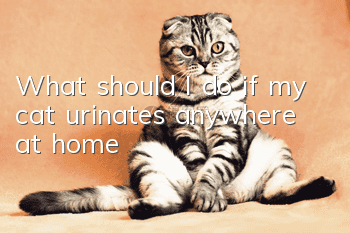The origin of the Scottish Fold cat

The Origin of the Scottish Fold Cat
In 1897, Professor Cornevin pointed out in his animal breeding regulations that a fat, short-haired, hanging-eared breed lived in his native China. The phenotypic trait that causes cats' ears to flap forward was first discovered in Scotland in 1961. Tayside shepherd Willam Ross and his wife MARY discovered a white female cat named SUSIE with folded ears on the farm next door to MCRAE's family. Susie gave birth to Snooks, a white female cat with the same rolled ears. After mating with a British shorthair cat, SUSIE gave birth to a white male cat SNOWBALL. The new breed was named Fold-eared cat based on its genetic characteristics of rolled ears. Unfortunately, deformities in the limbs, tail and joints and the dominant gene for folded ears persisted, so much so that in 1973 the GCCF had to cease recognition of the breed.
In 1989, Mary Ross gave some Scottish Fold cats to Neil Todd, an American geneticist. The geneticist resumed breeding of the breed. After cross-breeding with British shorthair cats, exotic shorthair cats and American shorthair cats, the severe joint memory phenomenon has been controlled. The CFA and TICA recognize this extremely successful breed in the United States.
This variety began to enter Europe in 2001. France's first Scottish Fold kitten was born in 1982. But neither FIFE nor GCCF recognize the breed. Scottish Fold cats are rare throughout continental Europe.
In the United States, Scottish Fold cats were crossed with Persian cats to produce a new type of long cat breed, called the Plateau Fold or long-haired Scottish Fold cats. TICA already recognizes the breed.
In 1998, the cross between the Scottish Fold cat and the Rex cat produced the PUDELKATZE or shepherd cat, a cat with curly coat and drooping ears. Because the PUDELKATZE is still very rare, it is not yet recognized as a breed.
- How to stop a cat from digging through the trash can?
- Be wary of upper respiratory tract infections in cats, early prevention is key!
- Why doesn't your cat bury his poop? Reasons and methods for cats not burying poop
- 3 steps to teach you how to solve the problem of cat biting!
- How long does it take for the kitten to open its eyes and walk?
- What are the shapes of cat paw pads?
- What medicine to use for cat keratitis
- Why does a cat have bloated belly?
- What are cats’ favorite and least hated colors?
- What age is the best age to neuter a Somali cat?



